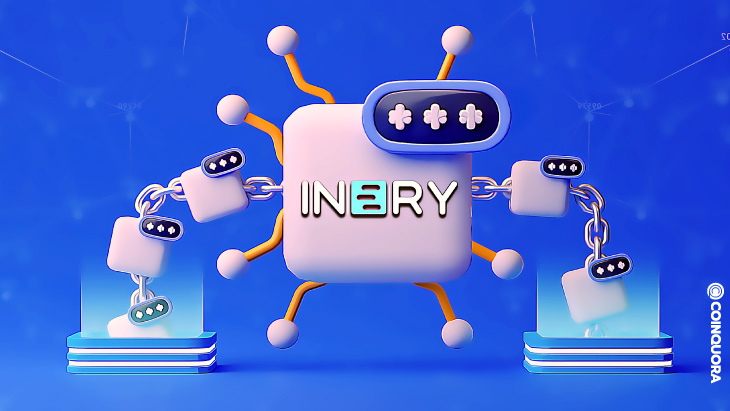From minting NFTs to cross-border transactions and supply chain management – blockchain has become a foundation to build all kinds of decentralized applications. But, as a blockchain grows, so does the amount of data on its network. This has eventually led to scalability problems. As networks find it more difficult to process the volume of transactions, it leads to an increase in transaction costs and network congestion.
What is the scalability trilemma?
Scalability has always been a major concern in highly decentralized public blockchain networks. This dilemma is often described as the “Scalability Trilemma”.
Blockchain’s “Scalability Trilemma” is a term first penned by Ethereum co-founder Vitalik Buterin. It focuses on the three main concepts that determine the performance and operability of blockchain networks: scalability, security, and decentralization. According to Vitalik, to improve the operational capacity of blockchain networks, we need to keep a balance between these three fundamental concepts.
- Scalability – The capacity to accommodate increasing demand for transactions per second.
- Decentralization – Distribution of computational power among all network participants, instead of a single entity.
- Security – Defense mechanisms to protect the network against malicious attacks.
Vitalik adds that in a decentralized system, it is practically impossible to attain all three factors at once. One has to be compromised to achieve the other two. In most cases, scalability is sacrificed because security and decentralization are critical for the smooth functioning of blockchain technology.
The scalability dilemma is now being addressed with “Sharding”. Many experts have given their opinion about “Sharding” as the potential solution, moreover few have even claimed that’s it.
What is Sharding?
The word Sharding is derived from traditional databases which involved splitting a large database into smaller units to manage it more effectively. In blockchain, Sharding is a process of splitting a large blockchain into smaller blockchains to handle more transactions and therefore attain scalability of the network.
Sharding breaks the nodes in tiny groups called Shards. Inside these shards, nodes will only store and verify the information which is contained inside. So instead of the whole network verifying data, nodes contained inside shards verify its particular data set to enable high throughput.
But Sharding has its own risks
While the theory of Sharding sounds good on paper, it remains untested till now. At present, many blockchains are competing to present a valid version and practical application of Sharding.
The theoretical concept of Sharding also presents more than a few risks:
Security is compromised
The loophole of invalid data entering blockchains through shards is highly likely. This is because even if one shard in a blockchain encompassing 100 shards goes corrupt, it is possible for bad actors to manipulate the network. In order to maintain blockchain security, blockchains have to be guarded against shard takeovers because it can result in losing a permanent portion of data.
It is not completely decentralized
The Sharding blockchain contains a number of “smaller blockchains” or shards. Since there may be 100s of shards unevenly spread amongst the nodes of the blockchain, it is highly likely that the shard availability is 20 times lower. Hence, this makes the Sharding only a partially decentralized solution.
To date, sharding mechanisms are in the development and testing phase to address the challenge of scalability. However, it is going to need empirical experimentation before Sharding is considered to be a secure solution.
Inery’s idea – To build a product sustainable for future needs
Our idea has always been to build a product that is sustainable to cater the future needs of a secure, scalable blockchain addressing database management.
We are considering the pros and cons of various such solutions including Sharding and we will be implementing a solution only after thorough due diligence. Our technical team is constantly weighing every aspect and in parallel working to come up with innovative solution which ll be published soon.
Social Links
Twitter: https://twitter.com/inery_naveen
Discord: https://discord.com/invite/inery
Telegram: https://t.me/inery_blockchain
Media Contact
Brand: Inery
Contact: Dr. Naveen Singh Suhag
Email: [email protected]
Website: https://inery.io
SOURCE: Inery
Disclaimer: Any information written in this press release does not constitute investment advice. CoinQuora does not, and will not endorse any information on any company or individual on this page. Readers are encouraged to make their own research and make any actions based on their own findings and not from any content written in this press release. CoinQuora is and will not be responsible for any damage or loss caused directly or indirectly by the use of any content, product, or service mentioned in this press release.


